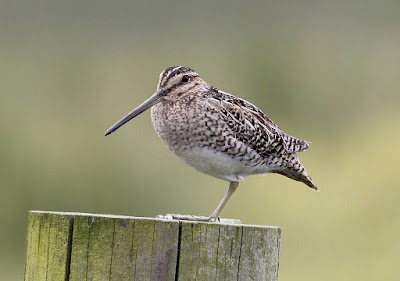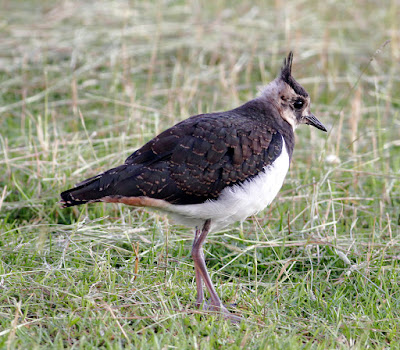The forecast promised three or four hours of sunshine. So there was just enough time to get some birding in before the day’s babysitting at 9am. Mid-day and it's raining.
I hit the road north in the direction of Pilling and Conder Green.
Conder Green, Lancashire
I had lost track of the tide times so found myself at the creek just as the tide filled, an outcome with both good and bad points, depending upon the depth of the water caused by the tidal bore, the speed and height of which can vary considerably. Many of the birds that feed in the shallow water of the creeks find themselves flooded out so then head off to roost on the higher sandbanks of the Lune or on Conder Pool just yards away.
A Barn Owl took advantage of the situation and spent thirty minutes or more searching a wide area of marsh and field for a meal, stopping only briefly to take a look around. Barn Owls are surprisingly fast fliers for anyone looking to take an action shot, with a single bird spending a good time on the wing. They pause or rest less than one might imagine from the many and varied photographs which often show them using fences or similar objects.
Barn Owl
The tide worked in my favour today when many waders found their way to the pool, including 13 Common Sandpipers, 100+ Lapwing, 40+ Redshank, 15 Oystercatcher and 2 Curlew. Common Sandpipers have returned with a vengeance, the breeding season finished for many of those which arrive in the UK in early spring. They raise just one brood and then head back to Africa with little delay.
Lapwings have not bred here on the pool with their present numbers swelled by fairly local birds from the many marshes and fields nearby. Autumn and Winter will bring a much larger influx from Scotland and Europe.
Common Sandpiper
Lapwing
Lapwing
The resident Common Terns still feed their dependant young on a distant island but rarely come close enough for a picture. Likewise the breeding but shy Avocets, strangely quiet today. From a start of four chicks I fear there may be one or even none of the fluffy youngsters left.
Avocet
The road here at Conder Green is badly potholed and damaged due to passing heavy traffic from nearby Glasson Dock coupled with the occasional high tides that wash over it. The local Oystercatchers don’t mind too much. There’s usually a morsel or two of food to be found in the broken, bumpy and uneven surface of what passes for a road.
Oystercatcher
The usual Grey Heron and Little Egret obliged with wildfowl represented by 3 Wigeon, 2 Tufted Duck and a healthy but uncounted number of Mute Swan and Mallard.
It was good to see Swifts this morning with 40+ feeding over the hawthorn hedge at early doors, together with 15+ Swallow and a handful of Sand Martins. This is the highest number of Swifts I’ve seen at home this year, a tiny number compared to the many thousand I noted migrating through the island of Menorca in early May. Let’s hope that our declining Swift is doing rather better in other parts of Northern Europe than here in Great Britain.
Along the hedgerow I found 3 Reed Bunting, 2 Pied Wagtail, 2 Sedge Warbler, 4 Goldfinch, 4 Greenfinch, 2 Linnet, 1 Whitethroat and 1 Song Thrush.
Young Swallows were about today, fresh from a nearby nest but taking a rest along a five-barred metal gate. Who can resist taking yet more pictures of our handsome Barn Swallow? Not me.
Barn Swallow
Barn Swallow
Barn Swallow
Please join in again soon. And now go back and “click the pics” for a closer look at those Swallows.
Linking today to Viewing Nature with Eileen, Run A Round Ranch and Stewart's World Bird Wednesday.
Linking today to Viewing Nature with Eileen, Run A Round Ranch and Stewart's World Bird Wednesday.































































.jpeg)



.jpg)













